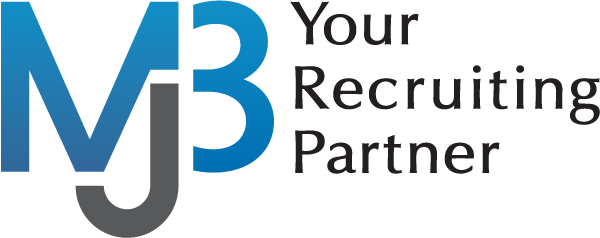As discussed in the previous article, “Out with the Old: Performance Management Trends to Ditch in 2020,” the concept of Performance Management is basically the way an employer uses guidance and feedback to steer their employees toward accomplishing their objectives. So if old techniques such as yearly evaluations and rankings are “out,” then what’s “in” as we move ahead? Here are some ways that Performance Management is evolving and improving to better reflect the modern day workplace:
Go with the Flow
Annual performance reviews with standardized evaluation formulas are out. People don’t want to be ranked on a scale of one to five, or have their work lives broken down into columns of strengths and weaknesses. Performance Management has become more fluid. Feedback should flow both ways between employers and employees, and should happen continually throughout the year. Conversations about an employee’s output should always be constructive and relevant. Address mistakes immediately. If the employee performed poorly on a project it’s unfair to let it slide and then bring it up months later. A good boss should also ask the employees for their feedback and be open to hearing their ideas and concerns. Even when things have gone wrong and tough conversations need to happen, feedback should primarily be solution-based with the goal of identifying corrective measures, and agreeing on how to move forward.
It Takes a Village
The “top down” Performance Management method, where feedback is only exchanged between a manager and his or her direct reports, has also gone out of style. This compartmentalized approach is trending more toward a “holistic” method, where communication is open and welcomed among multiple departments and all levels of employees, including peers and subordinates. A manager usually has several employees to oversee, and can’t possibly know everything each one of them is experiencing or accomplishing on any given day, so why not utilize the knowledge and talent all around? A good organization will establish a culture where coaching, collaboration, and a free exchange of ideas will feel comfortable, and create a sense of teamwork and community.
Making the Connection
Perhaps the most important thing to recognize when considering new methods of Performance Management, is its critical connection to the concepts of “the employee experience” and “employee engagement.” These terms reflect the recognition that the quality of an organization’s employees is vital in driving its success, and retaining great employees is largely dependent on making sure those employees feel engaged, valued, fulfilled, and downright happy. In evaluating and steering your employees’ performance, always consider their perspective. Allow room for growth and creativity, don’t hold back on praise and recognition, and be sure to listen and learn from them as much as you expect them to listen and learn from you.
Performance Management doesn’t have to be clinical and intimidating. In the end, you’re all one team working toward the same goal. So keep the feedback flowing, lend a helping hand, and acknowledge one another’s contributions. Never overlook the employee experience, and remember the importance of retaining good employees and allowing room for everyone to thrive and feel valued.
